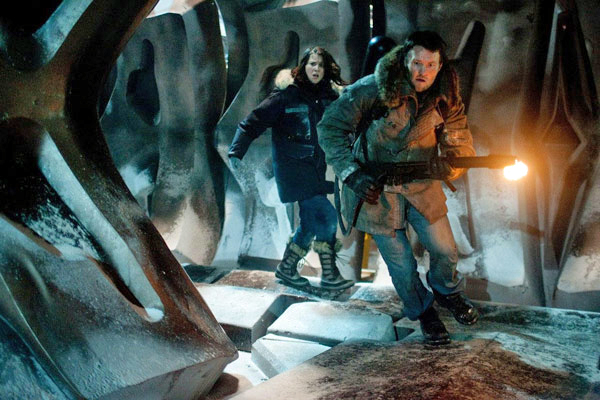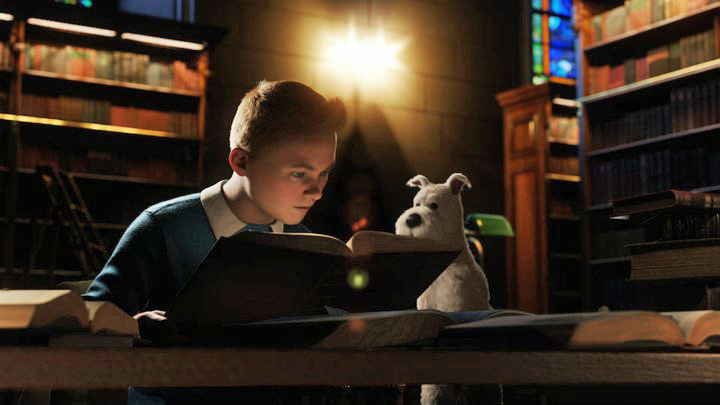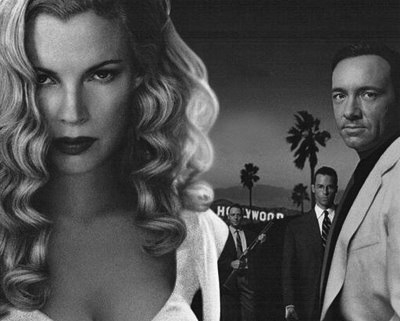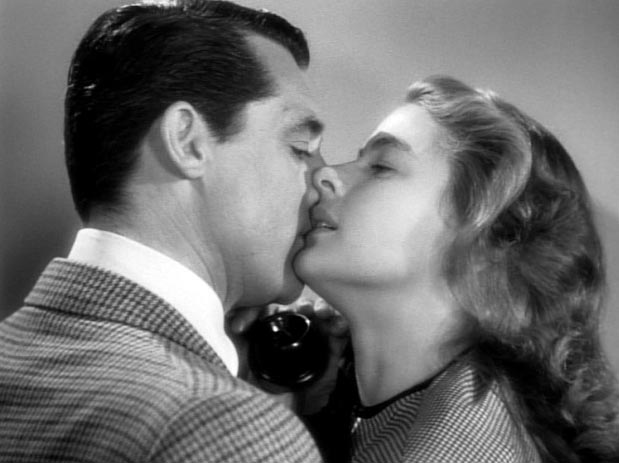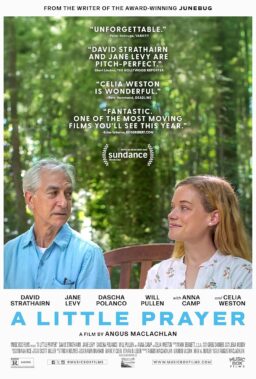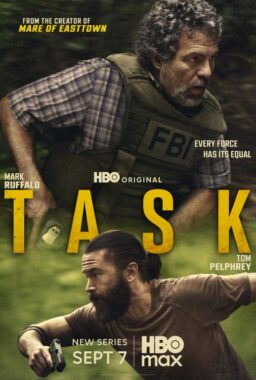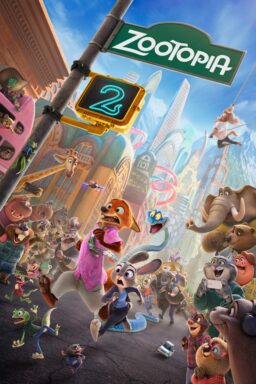Q. Why is there a double standard regarding male vs. female nudity in the movies? Why are women seen naked so much more often than men? Do you suppose, as directors keep pushing at the taboo envelope, we’ll have more full frontals in our future? Is the small-but-growing number of female directors changing this equation at all? (Martha Barnette, Louisville, Ky)
A. Genitals, of either sex, reduce any scene to a documentary. Nudity below the waist is fatal to the dramatic impact of any scene, drawing attention away from the characters, dialog and situation. W. C. Fields felt uneasy sharing the screen with a baby or an animal, because he felt attention would be drawn away from him. If he had lived a little longer, I feel sure he would have added genitals to his list.
Q. I might just be imagining this, but in “Pulp Fiction,” during the scene in which Bruce Willis is in the cab, is the background, as seen through the cab’s back window, black and white? If so, this is the most ridiculous thing that I have ever seen, although the movie was fantastic. (David N. Bernick, Media, Pa.)
A. Yes, in a color movie, the world seen through the back window of that cab is black and white. Why did director Quentin Tarantino do this? Probably as a movie in-joke, since in the B movies that “Pulp Fiction” is inspired by, the “back projection” process was sometimes noticeably shoddy. In his movie “Family Plot,” Alfred Hitchcock likewise used an obviously phony back projection process through a car’s rear window, perhaps enjoying the sense of artifice.
Q. In view of your column about the contents of the mysterious briefcase in “Pulp Fiction,” I thought you might be interested in the Toronto Star’s recent contest to decide what was in the case. Of 200 entries, the most popular were: (1) the Oscar that Quentin Tarantino hopes to win, (2) a human head, (3) the ear from “Reservoir Dogs,” (4) O.J.’s other glove, (5) Michael Jackson’s other glove, (6) the diamonds from the “Reservoir Dogs” robbery, or (7) Rudolph’s nose. The winner said it was a homage to Robert Aldrich and Mickey Spillane, who made a B movie named “Kiss Me Deadly” where a briefcase glows because it contains a small nuclear bomb. (Eric M. Davitt, Toronto)
A. I believe the winner was right. “Kiss Me Deadly” (1955), recently re-released on home video, contains a briefcase scene similar to the one in “Pulp Fiction,” and Tarantino, who is famous for having studied countless movies while working in a video store, undoubtedly saw it.
Q. I’m a bit puzzled by your comments about Brad Pitt‘s hair style on this week’s “Siskel & Ebert” program. In your review of “Legends of the Fall” you said you liked the film but thought Pitt needed a haircut. I was wondering, if his hair were cut for the more conservative look, would the film been better? What difference does it make if Marlon Brando is fat or skinny or if Patrick Stewart has a full head of hair, just as long as they give a good performance? (Herman Chang, Hacienda Heights, Ca.)
A. I think Brad Pitt is very talented, and would have had no problem with his hair length in another story. But I felt a man living at the time of World War One would not be likely to wear his hair in a pony tail below his shoulders unless his name was Buffalo Bill. For a look at men’s hair styles of the time, see any photograph of Woodrow Wilson.

